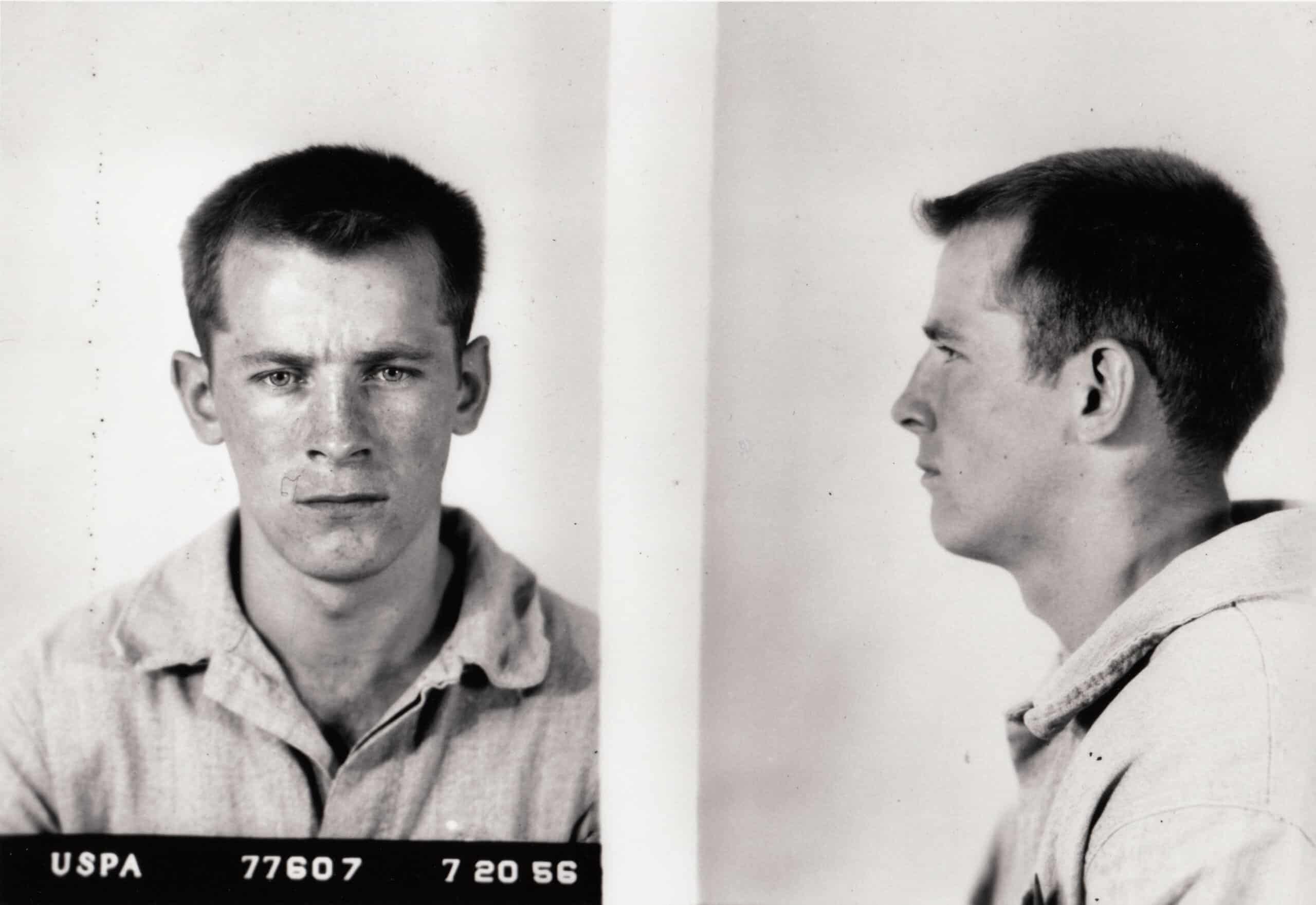While many assume that criminals are lawless anarchists, most seasoned criminals have a specific and strict code of conduct between like-minded individuals. This adherence to a nonstandard code of conduct is especially true of convicts in prison.
Prisons have a strict hierarchy that determines an inmate’s social status, access to contraband, and general tolerance of their behavior, especially in the physical or sexual domination of other inmates. The social hierarchy of prisons is based on the crime committed; certain crimes bestow status, while others will make you a pariah. In some cases, your crime can make you an active target of violence from other inmates and even result in your murder. As a result, many people are killed in prison due to violations of the code of conduct while occupying a lower social rung.
Let’s look at 10 murderers who got killed in prison. This list was more difficult to populate than some others because it was extremely specific. It isn’t just a list of people who were killed in prison, but rather murderers. This limited the scope of the list and increased the amount of research.
High-profile murderers who get killed in prison tend to make the news, so it wasn’t hard to track down information regarding both the crimes committed outside the prison and the cause of death. In some cases, the killer’s killer was even interviewed by news outlets regarding their motives. (For more on notorious killers, check out 25 of the most brutal criminals who ever lived.)
Donald Harvey

Aptly nicknamed “the Angel of Death,” Donald Harvey was a former orderly who worked in Ohio and Kentucky. During his time as a nurse, he reportedly killed between 40 and 57 patients who had been in his care. He personally reported over 80 murders after being arrested, but most of them could not be substantiated to prove his involvement. Harvey was active in the 1970s and ’80s. He primarily targeted cardiac patients, claiming that he killed them to “ease the pain.” In many cases, he would smother the patient with a pillow. However, he was also known to poison patients with cyanide or arsenic. In some cases, he would allow their oxygen tanks to deplete, killing them. His actions were uncovered when a whiff of cyanide was detected during an autopsy of a patient under his care, leading back to Harvey.
In his trial, he pleaded guilty because they offered him a plea deal to avoid the death penalty. However, despite accepting the plea deal and avoiding death at the hands of the state, Harvey did not escape mortal punishment for his crimes. On March 30, 2017, the Angel of Death was murdered by fellow inmate James Elliot. Elliot said he grew up in Kentucky during Harvey’s active years and personally knew some of the victims’ families. Thus, he murdered Harvey to exact the punishment he believed he deserved for his crimes. Elliot didn’t suffocate or poison Harvey, though. He beat him to death in his cell, a much more accessible method of killing in the prison world.
Albert DeSalvo
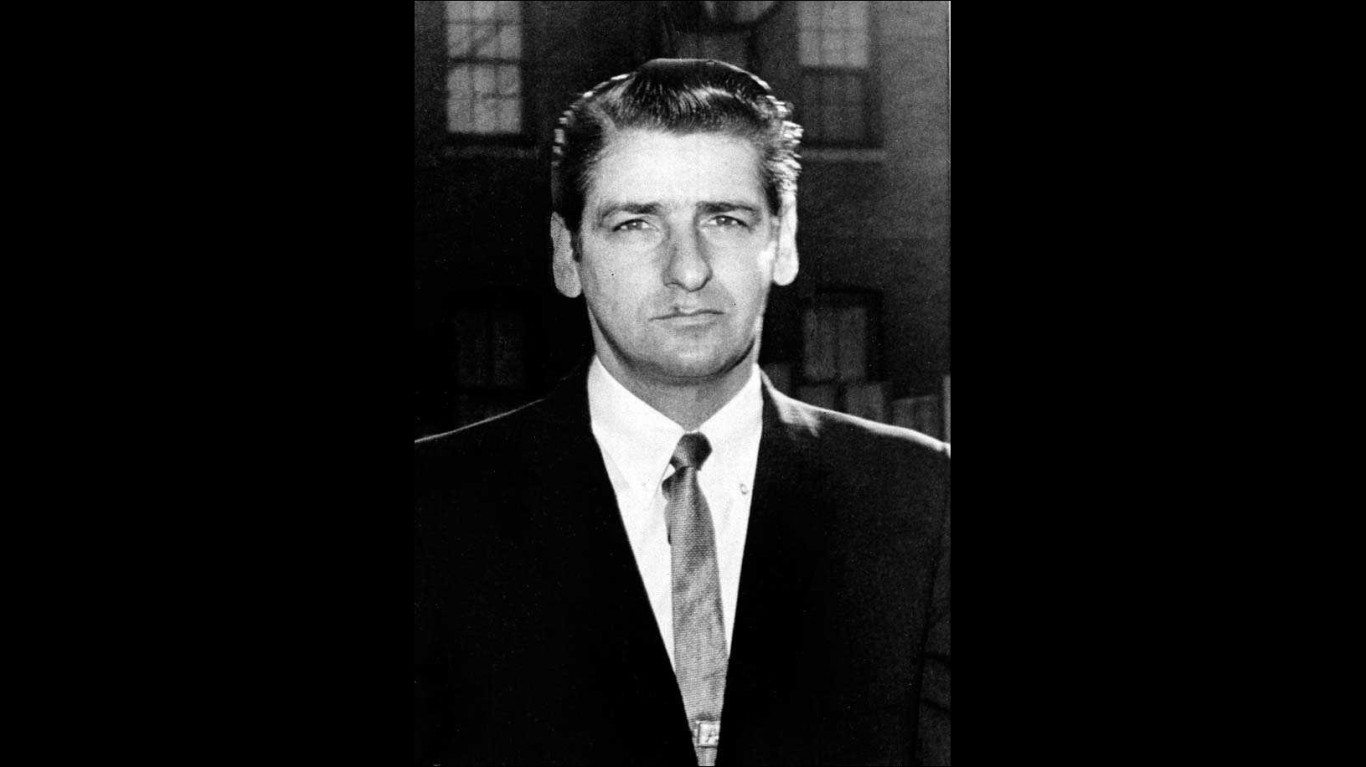
Albert DeSalvo was an exceptionally active serial murderer and rapist in the Boston area, where he was known as “the Boston Strangler,” and in Connecticut, Rhode Island, and New Hampshire, where he was called “the Green Man.” In Boston, he killed 13 women, typically by strangling them with their stockings. As the Green Man, he was responsible for over 400 home invasions and 300 or more sexual assaults before he was caught. However, his case had a significant roadblock: The only evidence that tied him to the cases was his confession. Despite this, he received a life sentence for his crimes.
In 1973, DeSalvo was stabbed to death in his cell by a fellow inmate at Massachusetts Correctional Institution—Cedar Junction. Sex offenders and those who commit crimes against children occupy the lowest position in a prison’s hierarchy. The risk to their well-being is often so great they are actively segregated from other prisoners to prevent their murders in some cases. DeSalvo was one such inmate who would have been treated quite harshly in prison. His primary crimes were breaking into women’s homes and sexually assaulting them. Thus, other prisoners would have not only treated him as a personal punching bag but also refused to snitch on the person or people who eventually killed him.
In 2013, DNA evidence finally linked DeSalvo to one of the cases he was tried for. The original trial hinged on his confession, but the DNA evidence they preserved and assessed allowed them to conclusively link him to one of the Boston Strangler cases. Robert Hayes, the Boston Police Crime Lab’s lead forensic scientist, said, “I knew science would one day provide us with answers in this case.”
Léopold Dion

Léopold Dion was a Canadian serial killer and rapist who primarily targeted young boys. He would pose as a photographer and lead the boys to remote areas where he would assault and sometimes murder them, especially if they fought back or tried to escape. In total, he is known for having raped at least 21 boys and killing four of them. Sadly, his murders may have ultimately been preventable if it were not for the failures of the justice system. He was jailed on three separate occasions and released on parole twice. His first convictions were for raping underage boys. After being released on parole, he was quick to re-offend and jailed again. However, if he’d not been granted parole, the boys he killed would likely still be with us.
Dion was originally given a death sentence on his third conviction but the sentence was commuted to life in prison in the notoriously violent Archambault Institution, about an hour north of Montreal. On Nov. 17, 1972, Dion was stabbed to death by a fellow inmate, Normand Champagne, who was known to other inmates as “Lawerence d’Arabie” or “Lawrence of Arabia.” Champagne believed himself to be the reincarnation of T.E. Lawrence, a British archaeologist who played a key role in the Arab Revolt in 1916 and the Sinai and Palestinian Campaign against the Ottoman Empire in 1915. Champagne was tried for the murder of Dion but pleaded not guilty by reason of insanity. Champagne was ultimately acquitted of the murder.
Thor Nis Christiansen

Thor Nis Christiansen was an American serial killer who was born in Denmark. His active killing years were between 1976 and 1979 in California. He was a promising student and teachers thought he would have a bright academic future.
However, he dropped out of high school and began working at a gas station to make ends meet. Inside his head, he had an active and dark fantasy life where he dreamt of shooting women and necrophilia, leading to him stealing a pistol from a friend. Eventually, he would begin acting out his fantasy world. He would get women into his car, often picking up female hitchhikers. Then, he would take them to secluded locations, shoot them, and have sex with their dead bodies. He was ultimately captured after his fifth would-be victim managed to escape his captivity even though he had shot her in the head. She met him again at a bar after recovering and turned him in for her attack.
He killed three women in Isla Vista, California, leading to protests surrounding violence against women and calls for better transportation in the Isla Vista area to prevent women from needing to put themselves at risk while hitchhiking. Christiansen’s murders were referred to as “look-alike” murders since all of his victims shared similar physical features. Once he was captured and his identity revealed to the public, he became known as the “Mad Dane.” On March 30, 1981, Christiansen was stabbed to death in prison. His killer remains unknown as no prisoners came forward with information regarding his murder.
Richard Loeb
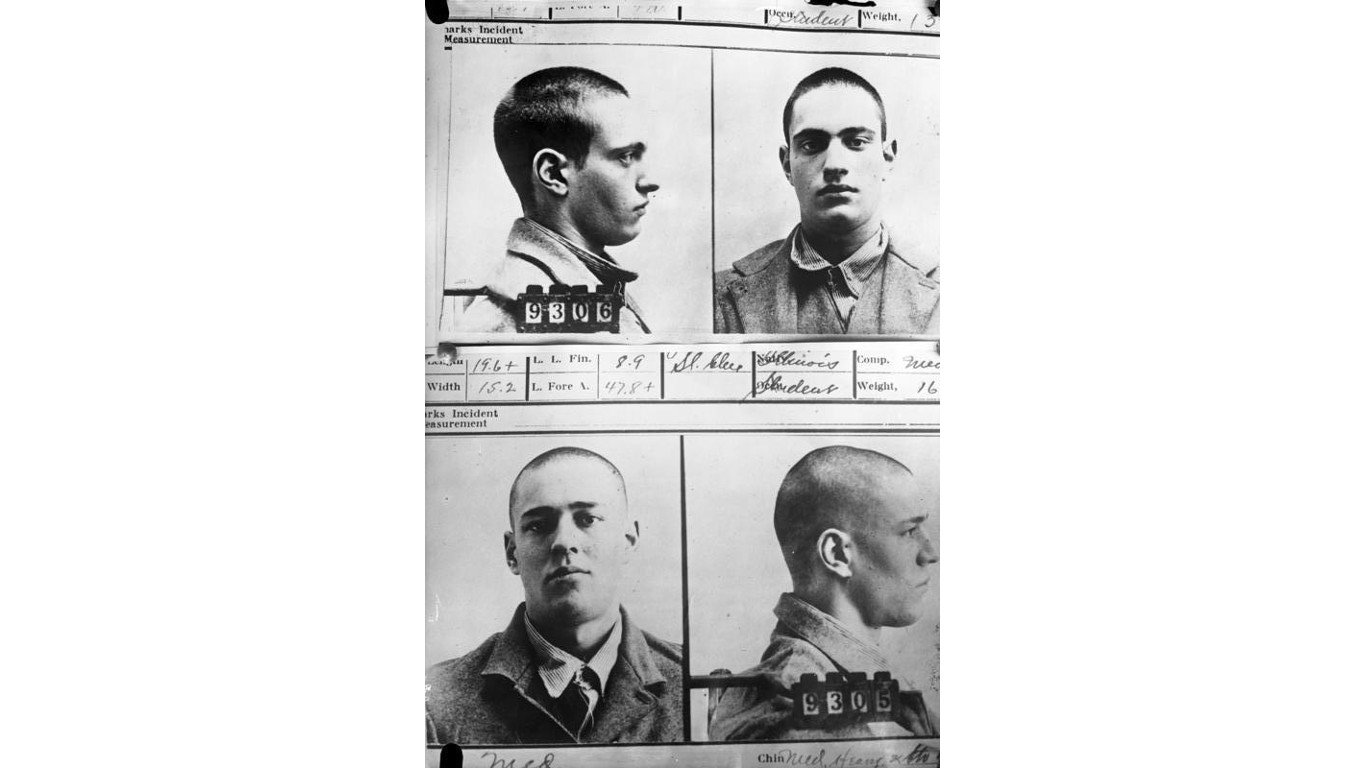
Richard Loeb was another promising pupil, a child prodigy. He entered the University of Chicago in 1919 at age 14 where he met fellow child prodigy, Nathan Leopold. The two had known each other casually while growing up. However, after enrolling at the University of Chicago together, they quickly became not just friends, but romantic partners. Loeb was obsessed with crime and began fantasizing about committing the perfect crime with Leopold. They believed that committing the perfect crime and getting away with it would demonstrate their superior intellect to the world by showing that their intelligence enabled them to plan and execute the crime without being caught. They committed several other crimes, including petty theft, breaking and entering, vandalism, and even arson.
In 1924, Loeb and Leopold lured 14-year-old Billy Franks into their car and hit him with a chisel. The two murderers burned his face and genitals (circumcision was uncommon amongst non-Jewish Americans at the time and would have been identifying) with acid to impair identification and dumped his body in a lake. Then, they sent a ransom letter to his father to throw everyone off the trail of finding his body since the ransom letter would make them assume he was alive. However, their perfect crime wasn’t so perfect after all. Leopold accidentally left behind a pair of glasses that helped the police trace the murder back to the two child prodigies.
Although Leopold and Loeb were kept apart to the best of the prison staff’s abilities, they maintained their friendship in prison. Eventually, Loeb was killed by a fellow inmate, James Day. Day claimed that Loeb made sexual advances on him. Leopold served 33 years before being released on parole.
Charles Schmid
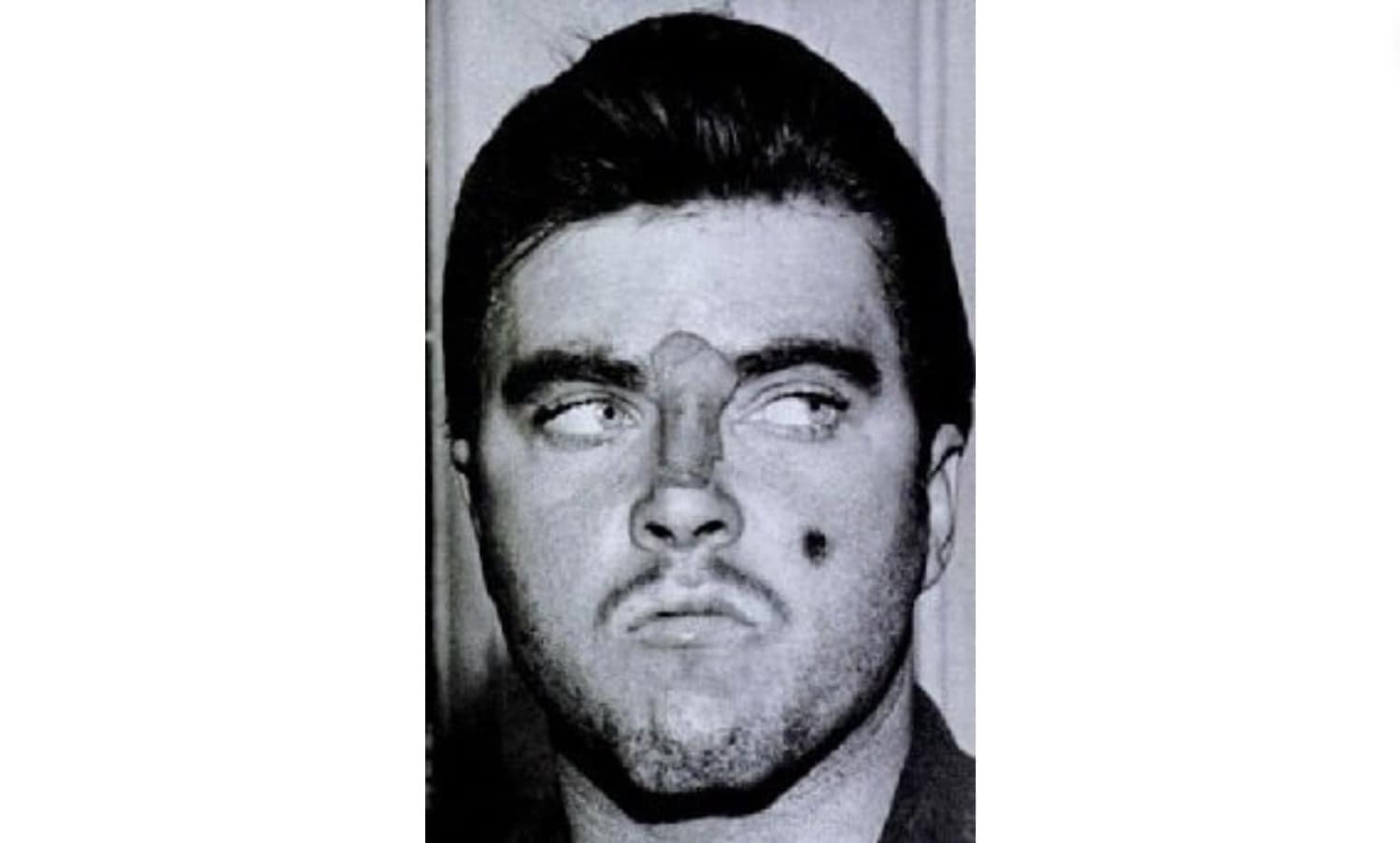
Inmates who have harmed children are amongst the lowest of the low in the prison hierarchy. Even criminals have standards, and killing children will earn you a beating—or even death—from most prisoners. When it comes to Charles Schmid, also known as the Pied Piper of Tucson, being a child murderer is not exactly a surprising fact when you analyze his behavior. Adults who exclusively hang out with children as if they are peers are usually—at a bare minimum—extremely weird and sometimes very disturbed. Schmid exclusively hung out with high schoolers, even as he got older and entered his 20s. He even continued dating high school girls well into his 20s by impressing them with his cars and grooming them for sex.
Between the years of 1964 and 1965, he killed three high school girls he was involved with. He was found out when he showed pictures of the bodies to his friend, Richard Bruns, who reported the crimes to police. Schmid’s trial was pretty public and the press had a field day with it, comparing Schmid’s physical features to the late Elvis Presley. Schmid was convicted and imprisoned until March 10, 1975, when he was stabbed 47 times by other inmates. He lost an eye in the attack, and his kidneys were rendered completely useless from the stab wounds. Ultimately, there wasn’t anything the prison medical staff could do to save him and he died from the injuries in prison.
Gerard John Schaefer
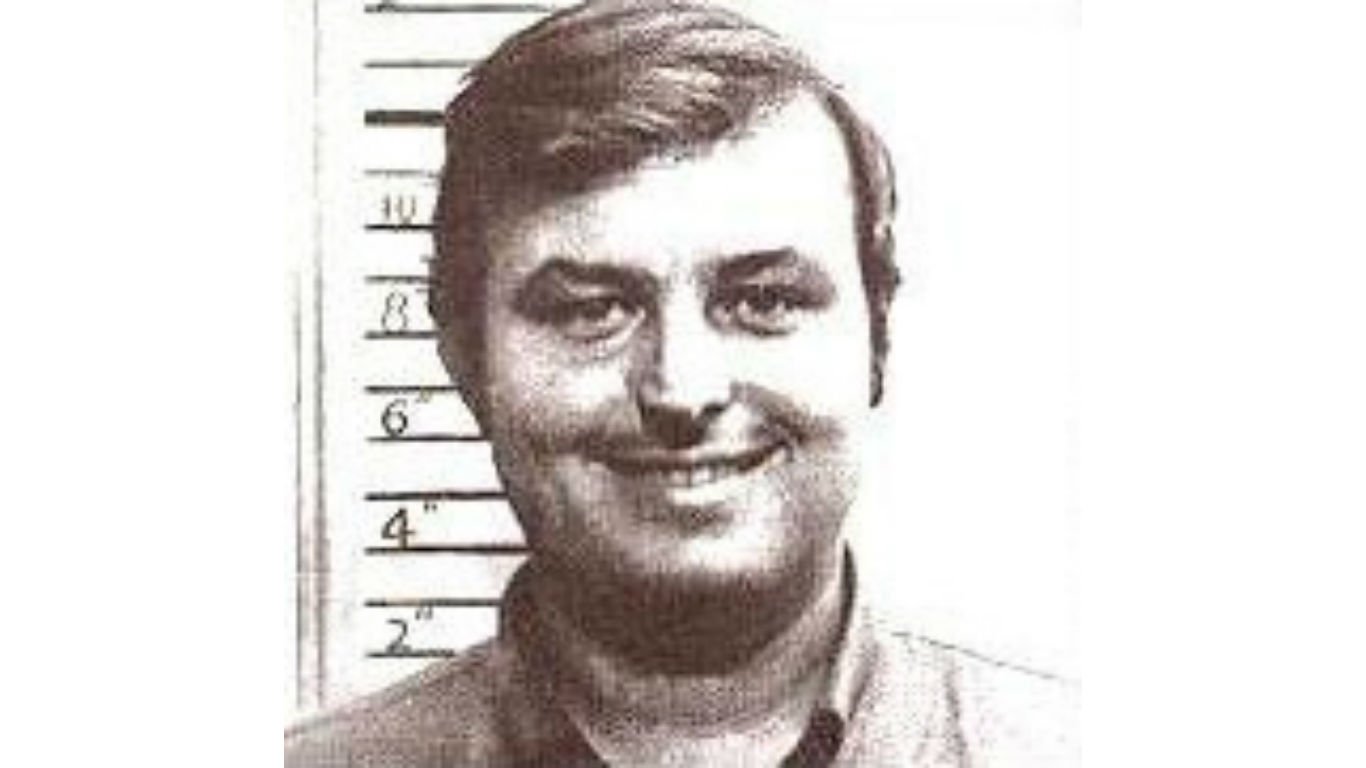
With two independent studies showing that around 28% to 40% of police officers self-admittedly engage in domestic abuse of their spouse, it should come as no surprise that some cops are also murderers. Gerard John Schaefer is one such cop. The former deputy sheriff in Martin County, Florida, is suspected of abducting women and killing them. In 1972, he abducted two teenage girls. Schaefer took them to a remote forest where he threatened to kill them or sell them as sex slaves. He probably would have killed them had he not been drawn away from the crime he committed by his police scanner. He claims that he abducted them to teach them the dangers of hitchhiking.
Schaefer was stripped of his badge for this crime. However, he was released on bail and went on to murder two girls. Due to the number of violent crimes involving women in the area at the time, Schaefer is suspected of having killed other women. However, his involvement in other crimes was never sufficiently substantiated to warrant a conviction. Oddly, he unsuccessfully tried to sue true crime writer Patrick Kendrick for referring to him as “an overweight, doughy, middle-aged man who preyed on victims who were psychologically and physiologically weaker than him.”
The one thing that makes Schaefer’s death in prison unique on this list is that his killer did not appear to have a motive. On Dec. 3, 1995, Schaefer was stabbed to death by Vincent Rivera. However, Rivera didn’t present a clear motive for Schaefer’s death. Unlike other murderers killed in prison who are often killed in retribution for their crimes, Schaefer was seemingly stabbed for no reason.
Lee Roy Martin

Known colloquially as the “Gaffney Strangler,” Lee Roy Martin of South Carolina was one of the most prolific serial stalkers and murderers. He would follow women and girls around in his car before grabbing them and taking them hostage in his car where he would strangle them to death. His first victim, Annie Dedmond, was found strangled and raped. Her husband, Roger Dedmond, was accused, arrested, and convicted of her murder. However, the crimes continued even after his arrest. Martin engaged in necrophilia with the corpses of his victims. He was an exceptionally disturbed individual, having the gall to show up to one of his victim’s funerals. He reportedly remarked about Nancy Rinehart, “She sure is a pretty girl. I don’t see how anybody could have done this to her.”
Martin also contacted the editor of the Gaffney Ledger at the time. He gave him instructions on where to find two more bodies and threatened more murders. During this exchange, he insisted he was the killer of Annie Dedmond, even though her husband was still in jail at the time. He was eventually caught after his car was spotted at the scene of one of his crimes and the police made the connection between that crime and other stranglings in the area.
Martin was found to have not been given adequate legal counsel. So, his prosecutors did not seek the death penalty. He was, however, given four consecutive life terms – one for each victim. He was stabbed to death in prison by fellow inmate, Kenneth Rumsey, in 1972. Rumsey later hanged himself.
James ‘Whitey’ Bulger
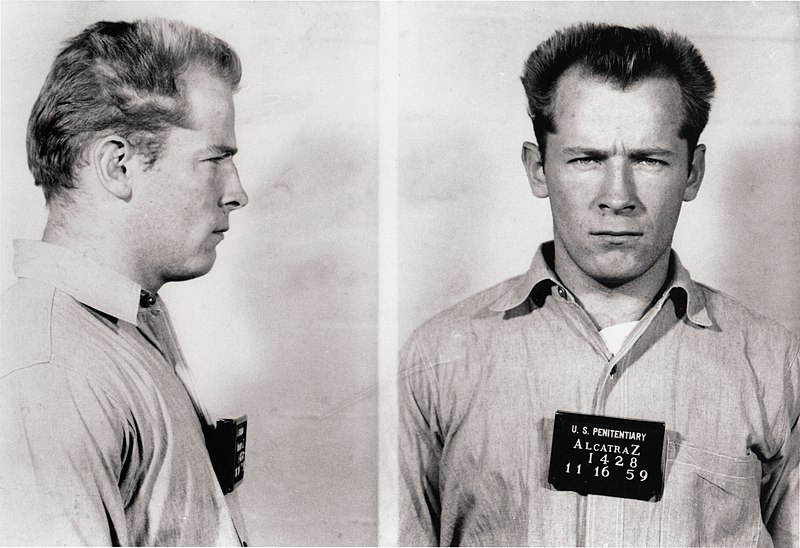
While he might not be as famous as the likes of Al Capone, Whitey Bulger was a prolific crime boss in Boston. His arrest and conviction revealed a deep-seated corruption within the Boston FBI office. Bulger was an FBI informant who used his connections to eliminate competition within the South Boston organized crime scene. In one case, it was found that the Boston FBI office revealed the identity of another informant to him, leading to that informant’s murder. Bulger’s crimes were extensive. The fact that he got away with it for so long was the source of many people’s continued misery in the Boston area. He eluded custody for 16 years before being convicted for 11 murders.
It should be no surprise that a known FBI informant wouldn’t fare well with other convicts in prison, even with the clout that he would have gained from his time as a crime boss. He was transferred to a West Virginia prison and within 12 hours of arriving, Bulger was murdered. At the time, he was old and frail. He required a wheelchair, which enabled his murderers to wheel him to an area of the prison where the security cameras didn’t reach. They beat him to death with a padlock stuffed in a sock. The beating was so severe that prison authorities reported Bulger as being “unrecognizable.” He was beaten so badly that it caused his eyeballs to be displaced.
Someone familiar with Bulger’s crime ring said, “I hate to be morbid, but knowing the way of person he was, it’s probably a long time coming, seeing that he was responsible for so many other families and people’s misery over the years. There’s an old saying, ‘What goes around comes around.’”
Jeffrey Dahmer

Jeffrey Dahmer was a uniquely disturbed and unnerving individual. Known as the “Milwaukee Cannibal,” Dahmer was responsible for raping, murdering, and eating young men in Milwaukee. His crimes were wildly famous because of their gruesome nature. They also sparked a movement demanding more police resources dedicated to crimes against the gay community. In 1991, Dahmer was almost captured when he left a drugged victim in his apartment after drilling a hole in his skull and pouring acid into his brain cavity. The victim managed to get outside despite his altered state and bystanders called the police. Dahmer convinced the police that they were lovers who had argued after drinking too much. The police allowed him to take the victim back into his apartment where he then killed him.
Dahmer was killed in prison because he was an unrepentant murderer with a disturbing sense of humor. He would fashion his food to look like body parts, using ketchup as fake blood. His bizarre and unsettling behavior made him unpopular. Finally, on Nov. 28, 1994, fellow inmate Christopher Scarver had enough of his antics and beat Dahmer to death with a metal bar from the prison gym. (Want more true crime? Check out the most famous criminal from every state.)
